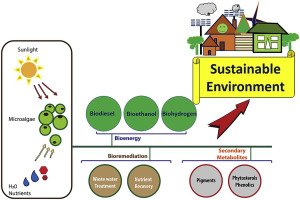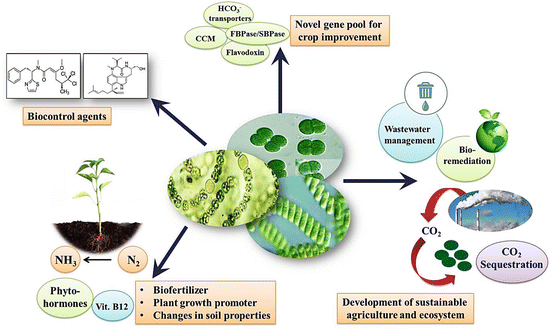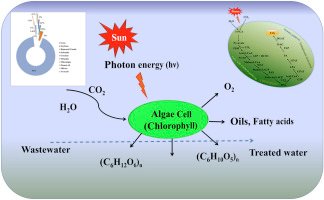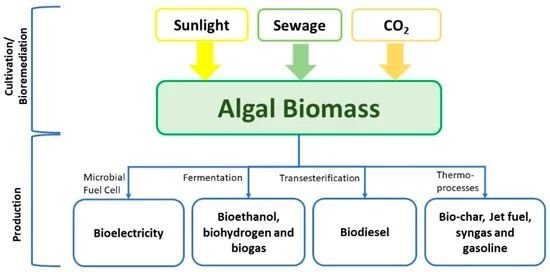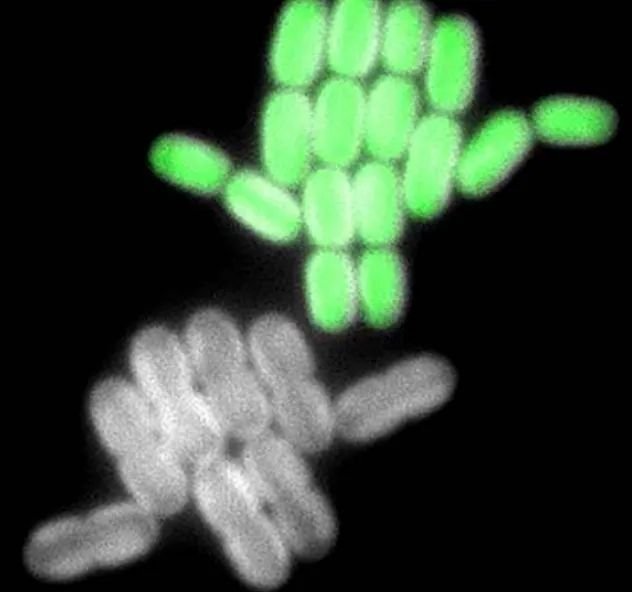
The latest development in the world of Biofuel involves cyanobacteria, aka blue-green algae, an organism that has been around for more than 3.5 billion years and may in fact! surprise you then to know that they are still around; they are one of the largest and most important groups of bacteria on earth.
Cyanobacteria are pulling their own weight in the clean tech field, too. Applications are emerging in solar energy and methane conversion among other sustainability talents.
More to the point, cyanobacteria have a plant-like ability to convert water and carbon dioxide into oil with an assist from sunlight, which makes sense considering that cyanobacteria deposits from back in the Proterozoic period are a source of fossil oil today.
Biofuel fans are excited about cyanobacteria, compared to other biomass at hand, because they grow much faster than regular plants and they fix carbon twice as efficiently. If only somebody could figure out exactly what makes them tick, that would help speed the way to an efficient biofuel system.
One key area of research involves the carboxysome protein complex, which is the site where cyanobacteria fix carbon.
That brings us, finally, to the latest development. A team of researchers with the Renewable and Sustainable Energy Institute at the University of Colorado Boulder (in partnership with the National Renewable Energy Laboratory) figured out how to engineer cells with a single carboxysome, and track it for more than 60 hours as it passed from one generation to the next.
As a result, they were able to pinpoint which carboxysomes were behaving more efficiently than others. Only 5% qualified for the “ultraproductive” category, which means there is plenty of room for improvement.
The next steps will involve figuring out how to get the other 95% to up their carbon-fixing game. That won’t necessarily mean that we’ll all be driving on cyano-mobiles one day, but it could lead to methods for modifying other biofuel crops — switchgrass for example — to increase yield.
Reference- Science Daily, University of Colorado Boulder website, Clean Technica







